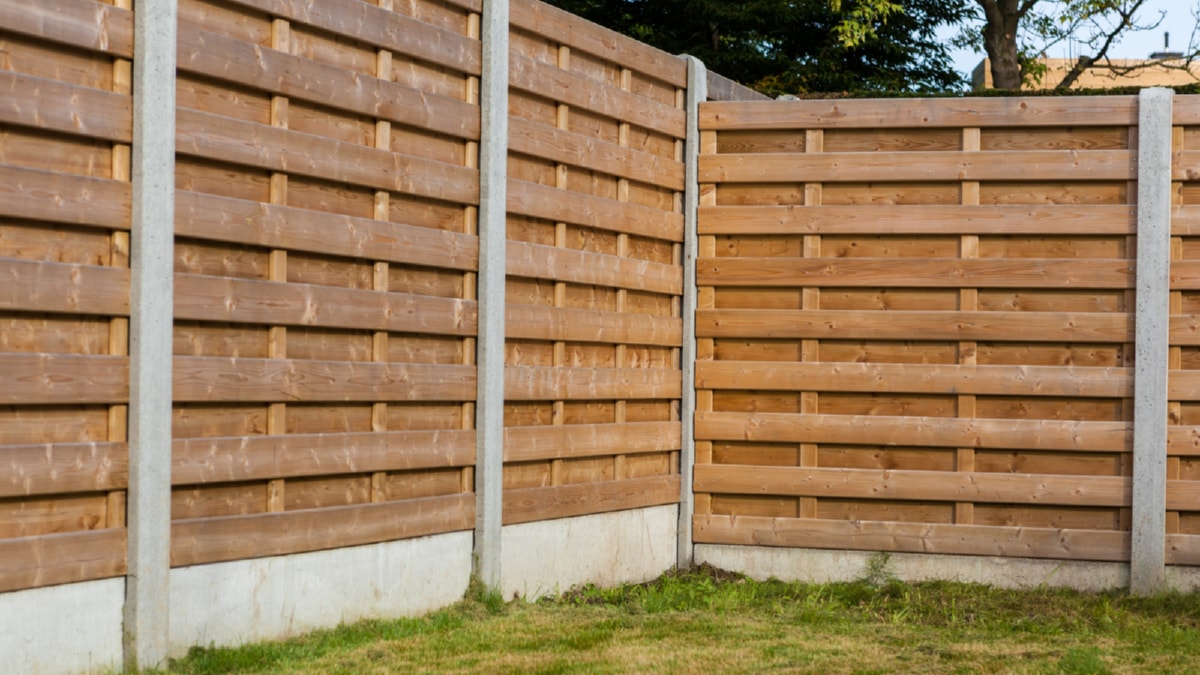One of the most significant trends in sustainable construction is the shift towards energy-efficient buildings. This trend is driven by the recognition that buildings consume a significant portion of the world’s energy. To address this issue, architects and builders are designing structures that minimize energy use. This is achieved through several strategies, including high-quality insulation, energy-efficient windows, and the integration of renewable energy systems. Solar panels, for instance, are becoming increasingly common features in new buildings, reducing reliance on traditional energy sources.
Another popular sustainable construction trend is the use of green or living roofs. These are roofs covered with vegetation and soil, or a growing medium, planted over a waterproofing membrane. Besides providing insulation, absorbing rainwater, and providing habitats for wildlife, green roofs also help to lower urban air temperatures and combat the heat island effect. Furthermore, they offer aesthetic appeal, transforming dull rooftops into vibrant green spaces.
In the realm of materials, the use of recycled and upcycled materials is gaining traction. From repurposed wooden beams to crushed glass countertops, builders are finding creative ways to reuse materials that would otherwise end up in landfills. This practice not only reduces the environmental impact of the construction process but also adds a unique aesthetic to the finished building.
Moreover, bio-based materials are also on the rise. These are materials derived from plants and other renewable agricultural, marine, and forestry materials. They offer a sustainable alternative to conventional building materials, which are often derived from non-renewable resources. Bio-based materials also have the potential to reduce carbon emissions, as the plants they are derived from absorb CO2 during their growth.
Sustainable construction is not just about the materials and design; it’s also about the construction process itself. More and more builders are adopting lean construction practices, which aim to minimize waste and maximize efficiency during the construction process. This includes everything from careful planning to reduce overproduction and waiting times, to the recycling of construction waste.
Lastly, there’s a growing trend towards designing buildings with their future deconstruction in mind. This practice, known as design for deconstruction (DfD), involves planning buildings in a way that they can easily be taken apart, and their materials reused or recycled. This approach not only reduces the amount of waste generated when a building is demolished, but also extends the lifecycle of building materials, further reducing the industry’s environmental footprint.
In conclusion, the latest trends in sustainable construction reflect a broader shift towards environmental responsibility in the industry. From energy-efficient designs to the use of recycled and bio-based materials, these practices are not only helping to reduce the environmental impact of construction but are also creating buildings that are healthier and more enjoyable to live in. As these trends continue to evolve, we can look forward to a future where sustainable construction is the norm, rather than the exception.
For more details, check best interlocking services Toronto or visit their business listing here.



